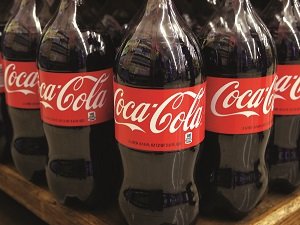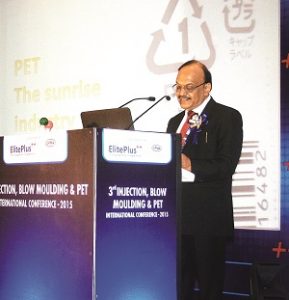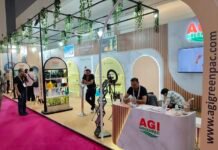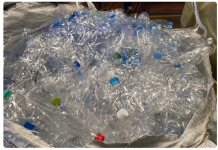Mumbai’s Grand Hyatt Hotel hosted the 3rd Injection, Blow Moulding & PET International Conference on 20 and 21 August 2015, organized by ElitePlus. There were multiple highlights during the two-day event which saw overwhelming participation from delegates from a wide variety of areas. The two days saw many eminent personalities from the industry speak on pertinent topics.

Vimal Kedia, managing director, Manjushree Technopack, spoke about the great potential the PET industry holds in India and said that it could be the next sunrise industry in the country. PET has already penetrated heavily into industry applications in food, cosmetics, beverages and pharmaceuticals. A new demand area like dairy is emerging for the PET industry and in the recent past major players in the sector have adopted PET applications, Kedia said.
“Demand for PET in the flavoured milk segment is growing by almost 25% to 30%,” he said. Taking all this into account, Kedia said the demand for PET in India is expected to rise to 2,000 kilotonnes by 2020 from 720 kilotonnes currently. He added that the industry is ready to cater to the heightened demand as there is enough capacity for the future. Not only is PET a sturdy and convenient form of packaging, but according to Kedia, it also acts a tool for brand repositioning. He mentioned about RoohAfza and Amul who shifted from glass to PET as a part of brand repositioning.
A case of how PET packaging helped a company in innovating in the Indian market was provided by Asim Parekh of Coca Cola India. In his presentation he talked about how the company in India carved out various demand segments by innovating bottle designs. Being a major consumer of PET, Coca Cola was a perfect example of how a company used PET packaging to position itself in a highly competitive market. When the company re-entered India it had just one glass bottle design and then it moved to two PET bottle designs of 500 ml and 1.5 litre. However, with continuous innovation Coca Cola created various segments in the aerated drinks segment.
Parekh cited an example of howwhen the company launched a 2 litrePET bottle it opened up a huge market as this size became a major success during parties and big events. Then came the design of the 1.25 litre PET bottle from Coca Cola which would easily fit in a refrigerator of 165 to 200 litres – the most common size of refrigerators in India. The success of the 1.25 litre bottle can be easily gauged by the fact that now it has 25% share in Coca Cola’s entire portfolio. PET now accounts for almost 80% ofthe company’s product packaging. “Packaging is oxygen forthe FMCG sector, especially for a company like Coca Cola,” Parekh aptly said. Through the example of CocaCola, he high lighted how innovation can help in reducing cost,maintain margins and create product segments, which can be achieved through sustainability, customization and convenience.

Laurent Fournier, managing director of Sidel India, talked about how aseptic PET for dairy products is the future of the dairy industry. “PET has made inroads in the dairy market. With the dairy segment growing in almost every country in the world the future for PET in this industry is very bright,” Fournier said. According to him, there are many factors associated with PET that point to a bright future for its usage in the liquid dairy products (LDP). Protection and good packaging which PET provides are very important issues related with the medium. Another important attraction, according to Fournier, is that PET gives brand owners huge flexibility in design and format and subsequently numerous marketing opportunities. In terms of cost parameters, PET provides the possibility of light weighting and recyclability.
A panel discussion on ‘Economics, Safety, and Recyclability of PET Packaging in India’ was a very informative part of the event. On the panel were Vimal Kedia of Manjushree, Vijay Habbu of Reliance Industries, Imtiyaz Ali of Bhopal-based Plastics Waste Management, Hiren Sanghvi of AIPMA, Sunil Marwadh of Reliance Industries, Ramesh Ramachandran of Glaxo and Aditya Dalmia of Dalmia Poly Industries. The major pointthat came out ofthe discussion was thatPET is a very safe medium of packaging even forfood and pharma products and there is no evidence to prove otherwise. The panel members agreed that there is no threat to PET as a medium of packaging despite a lot of false propaganda being circulated.
PET has a recyclability or recovery rate of almost 70% in India which is among the highest in the world. This fact, the panel members agreed, should be carried to the general public to create goodwill about the industry. Another important conclusion of the panel discussion was that plastic waste should be used for other alternative uses. Moreover, it was agreed upon that the best way forward forthe industry, public and the governmentis to deviseways tomanage plasticwaste andnotto banusage of plastic.All in allthe eventwas a successful one in addressing all the relevant topics related to the industry.











